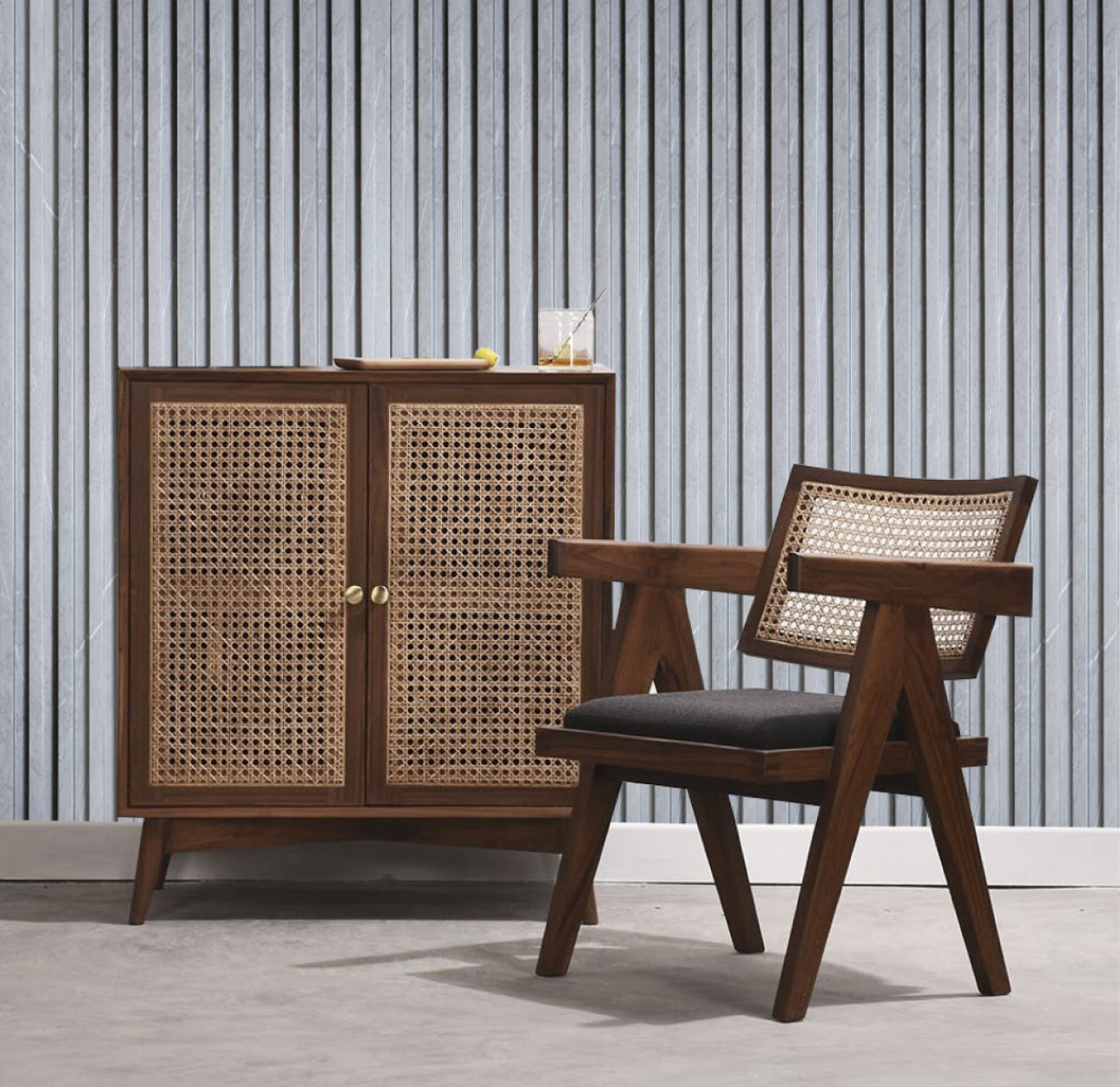
Wall Louvers
Wall louvers are architectural features that allow air to pass through while keeping out dirt, water, and debris. They are typically installed in walls, doors, or windows, and are often used to regulate airflow and manage air quality in a building.
Louvers improve buildings by enhancing ventilation, controlling light, making them more energy-efficient, providing privacy, and adding architectural appeal. They allow airflow and light while keeping rain, sun, and debris out and reduce reliance on artificial control.
Features of wall louvers
Components
A set of blades, either fixed or operable, mounted in a frame
Purpose
Allow air to pass through while keeping out unwanted elements
Benefits
Regulate airflow, provide privacy, and control the direction of light and sound
Materials
Can be made from wood, glass, or other materials
Installation
Can be installed into a framed opening or using self-framing options
Finishes
Can be mill finished, anodized, or painted to match building colors
A louver is a ventilation product that allows air to pass through it while keeping out unwanted elements such as water, dirt, and debris. A number of fixed or operable blades mounted in a frame can provide this functionality.
What does louvers mean?
A louver is a door or window with narrow, flat, sloping pieces of wood or glass across its frame.
Why are louvers good?
They are energy-efficient, durable and long-lasting, offering protection from the elements while still letting in natural light and ventilation. Additionally, louvres provide privacy while allowing air to circulate freely throughout your home.
What does a louver look like?
A louver (American English) or louvre (British English; see spelling differences) is a window blind or shutter with horizontal slats that are angled to admit light and air, but to keep out rain and direct sunshine. The angle of the slats may be adjustable, usually in blinds and windows, or fixed.
What are louvers in interior?
The Ultimate Guide to Wall Louvers: Design and Installation …
Louvers are architectural elements consisting of angled slats or fins set into a frame, typically installed in doors, windows, or walls. They are designed to allow airflow and light while providing privacy and controlling the direction of light and sound.
The word “louver” comes from the French word for a shutter, blind, or window with horizontal slats. The number, size, and design of the blades depends on the type of ventilation and protection required.

EmTudoDesign.com
Are teak wood wall panels truly worth the investment for both aesthetic appeal and durability, or are there more cost-effective options that provide similar benefits?
adorn
Yes you can explore Soffit Panels, PS Charcoal Panels, PVC Panels, UV Sheets, Foam Sheets.